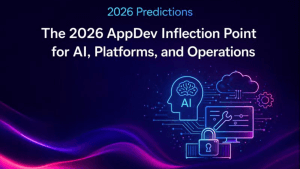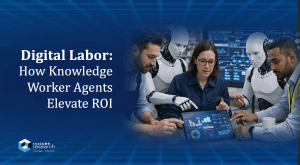The News
At FinOps X 2025 in San Diego, AWS announced several enhancements to its cloud cost management portfolio, targeting developer workflows with agentic AI, deeper insights, and automation. Major updates include cost optimization recommendations integrated into Amazon Q Developer, I/O optimization for Aurora, and new budget-aware datasets for better financial governance. To view the keynote of John Phillips, the Director of AWS Insights and Operations, can be found here.
Analysis
FinOps Maturity Is Accelerating Alongside AI Adoption
The rapid rise in cloud-based AI workloads has forced organizations to rethink how application costs are tracked, forecasted, and optimized. As theCUBE Research notes, cloud-native application teams are increasingly expected to manage budgets and resource decisions in real time. Developers now operate at the intersection of architecture, performance, and spend. But traditional cost governance tools have been poorly integrated into developer environments, slowing optimization and eroding accountability.
AWS Lowers the Barrier to Developer-Led Cost Insights
The introduction of AWS Cost Optimization Hub features within Amazon Q Developer reflects a shift toward embedding FinOps directly into developer workflows. By enabling natural language queries for cost analysis and offering deep links into Cost Explorer, AWS is working to reduce the friction required to understand and act on cloud spend. Additional tools like the authenticated Pricing Calculator and I/O optimization for Aurora clusters may provide actionable insights without forcing developers to leave their engineering context. These moves represent a broader industry trend toward “FinOps-aware” development environments.
Developers Faced Friction in Cloud Cost Management
Prior to these integrations, cloud cost governance often existed outside the core development lifecycle. Developers likely relied on spreadsheet exports, postmortem billing reviews, or guidance from finance teams to understand the impact of architectural decisions. This reactive posture increased exposure to budget overruns, and limited their ability to conduct cost-informed tradeoffs during design or deployment. While AWS offered APIs and reports, these tools were disconnected from the daily tools developers used, which lead to underutilized insights and missed savings opportunities.
Cost Governance Can Be Embedded in the SDLC
With discount-aware budgets, integrated Trusted Advisor checks, and natural language access to optimization data, developers can now incorporate FinOps into CI/CD pipelines and infrastructure-as-code processes. This aligns with research from theCUBE showing that cost observability, when brought closer to engineering, leads to more sustainable and performant architectures. Instead of waiting for the monthly invoice, developers can now ask Amazon Q Developer how their instance selection impacts cost, compare commitment models in the pricing calculator, and adjust based on near real-time recommendations. The result is a shift from passive cost tracking to proactive cost engineering.
Looking Ahead
As the lines blur between finance, development, and operations, cloud providers will need to make cost observability native to the software development lifecycle. With agentic AI platforms like Amazon Q Developer gaining intelligence and context awareness, we might expect more automation in budget recommendations, anomaly flagging, and workload tuning. This convergence indicates developers may increasingly carry both the responsibility and the tooling to ensure that innovation happens within budget.
Why This Matters
AWS’s announcements hint at a broader evolution where FinOps becomes a first-class citizen in the DevOps toolchain. As generative AI and large-scale data applications continue to dominate cloud spend, these enhancements could position AWS as a leader in developer-centric FinOps, especially if it continues to streamline insights without increasing operational overhead. Future moves may include tighter IDE integrations, policy-as-code recommendations, and model-specific optimization frameworks for AI workloads.



